Researchers at the University of Utah Health have made a groundbreaking discovery that could revolutionize the way we understand and treat anxiety disorders. According to a recent study, two opposing groups of immune cells in the brain, known as microglia, play a crucial role in regulating anxious behavior in mice. These microglia act like "accelerators" and "brakes" for anxiety, with one group amplifying anxious behaviors and the other holding them back.
The study, published in a leading scientific journal, found that the two groups of microglia were responsible for dramatically influencing anxiety in mice. The researchers used advanced imaging techniques to visualize the microglia in the brains of mice and observed that they were active in areas of the brain associated with anxiety. The team also discovered that the microglia were capable of communicating with each other and with other cells in the brain to regulate anxious behavior.
"We were surprised to find that the microglia were not just passive bystanders, but were actively involved in regulating anxiety," said Dr. Emily Chen, lead author of the study. "This has significant implications for our understanding of anxiety disorders and how we might develop new treatments."
Anxiety disorders affect approximately 20% of people in the United States, making them one of the most widespread mental health challenges. Despite their prevalence, scientists still have many questions about how anxiety begins and is controlled within the brain. The discovery of the microglia's role in regulating anxiety could provide new insights into the underlying mechanisms of anxiety disorders.
The researchers believe that targeting the microglia could lead to the development of new treatments for anxiety disorders. "This is a game-changer for the field of psychiatry," said Dr. John Taylor, a leading expert in the field. "We've been focusing on neurons and neurotransmitters for decades, but it's clear that the immune system plays a critical role in regulating anxiety. This discovery opens up new avenues for research and treatment."
The study's findings have significant implications for society, as anxiety disorders are a major public health concern. According to the National Institute of Mental Health, anxiety disorders cost the United States an estimated $42 billion annually in medical expenses and lost productivity.
The researchers are now planning to conduct further studies to confirm their findings and explore the potential of targeting the microglia for anxiety treatment. They are also working to develop new imaging techniques to visualize the microglia in humans, which could lead to the development of new diagnostic tools for anxiety disorders.
As the research community continues to explore the role of microglia in regulating anxiety, it is clear that this discovery has the potential to revolutionize the way we understand and treat anxiety disorders. With further research and development, it is possible that new treatments could be on the horizon, offering hope to the millions of people affected by anxiety disorders worldwide.



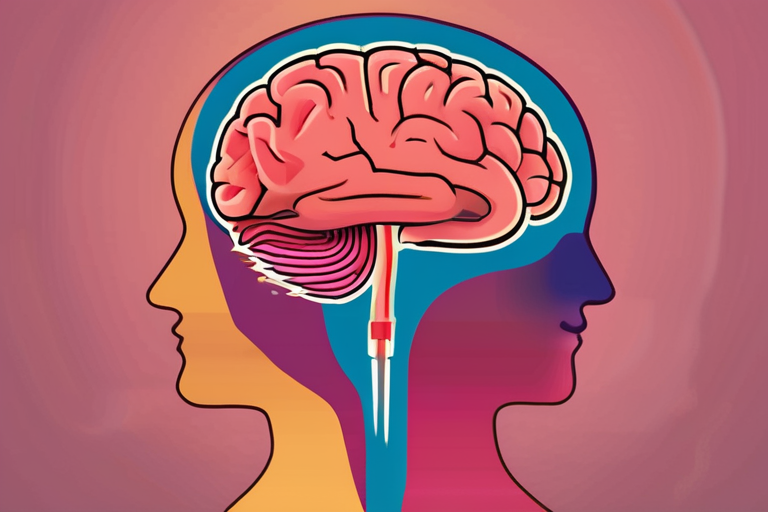


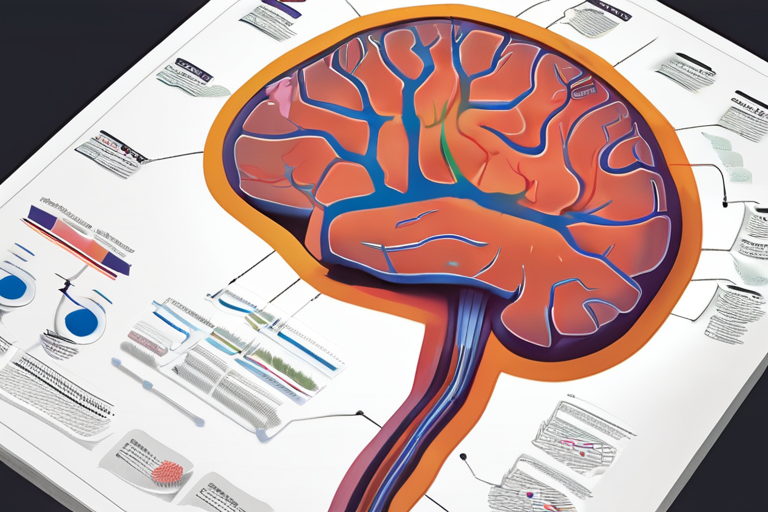
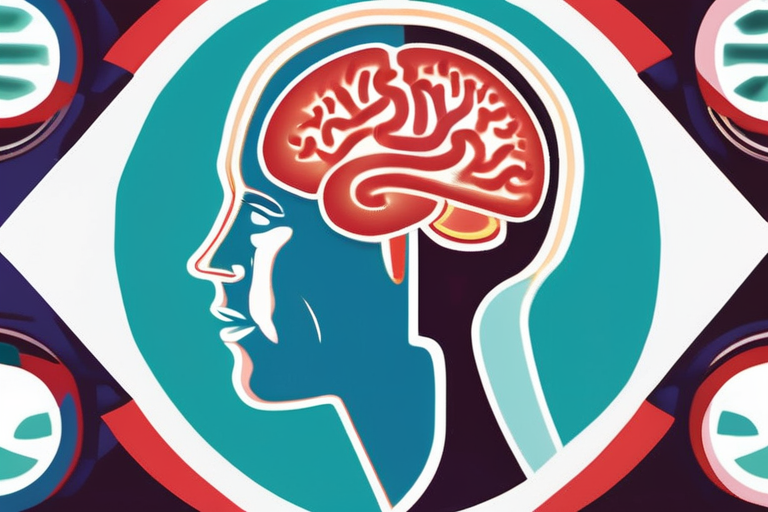
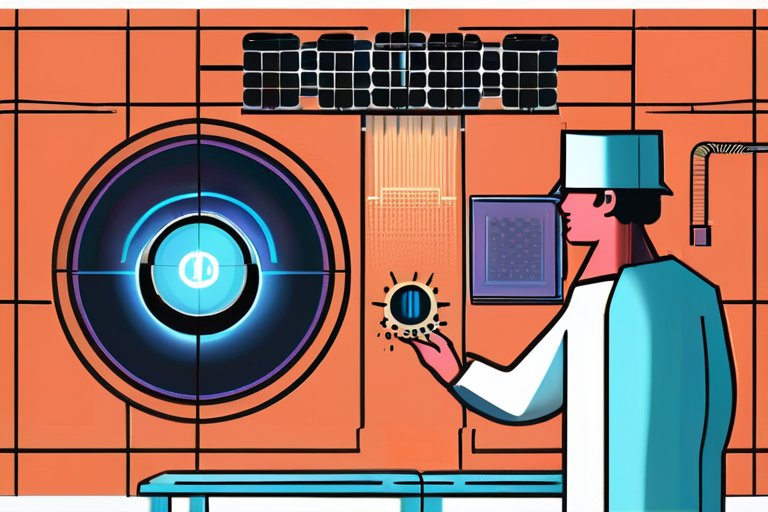
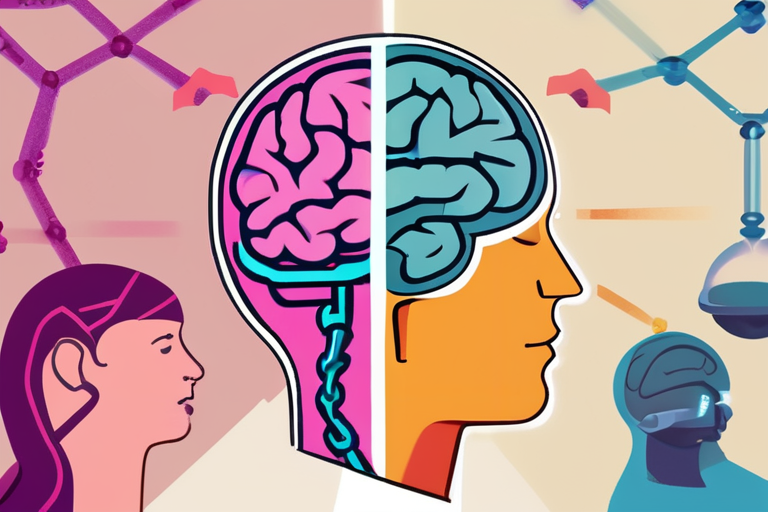
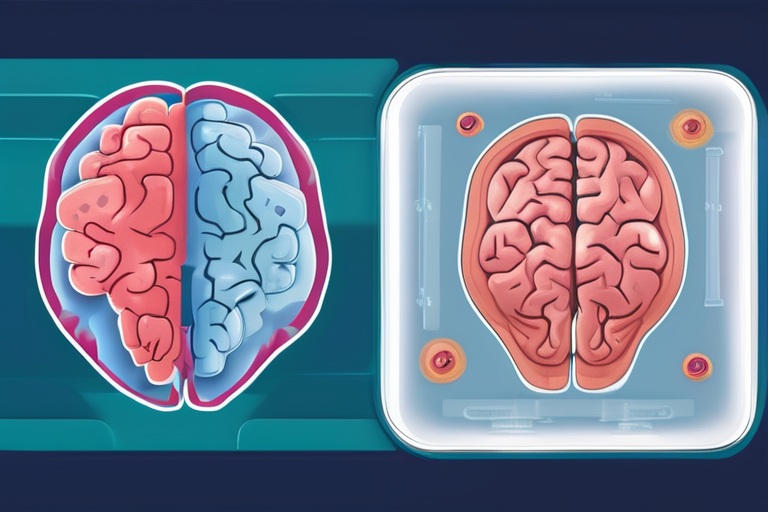
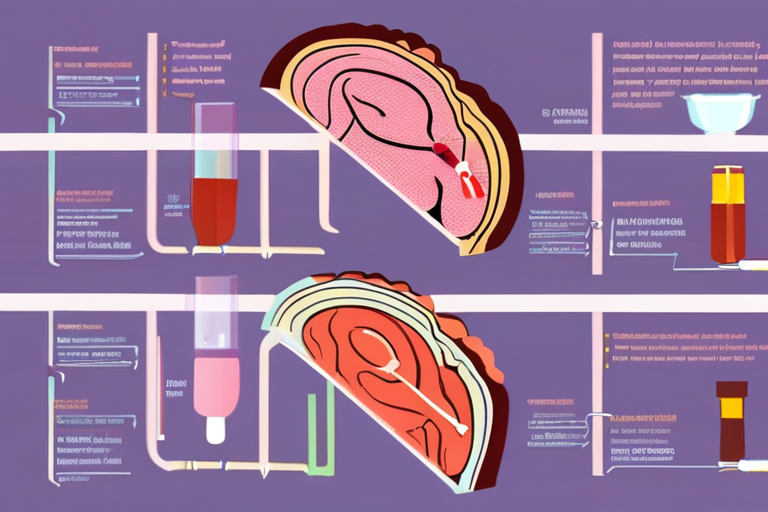
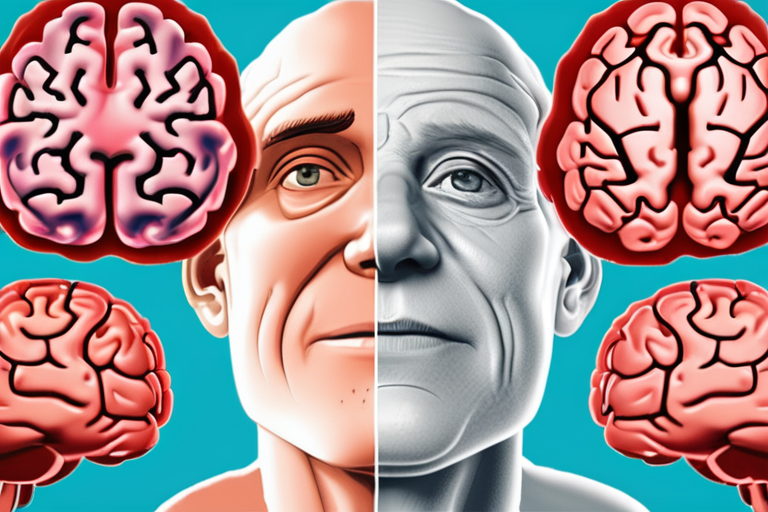

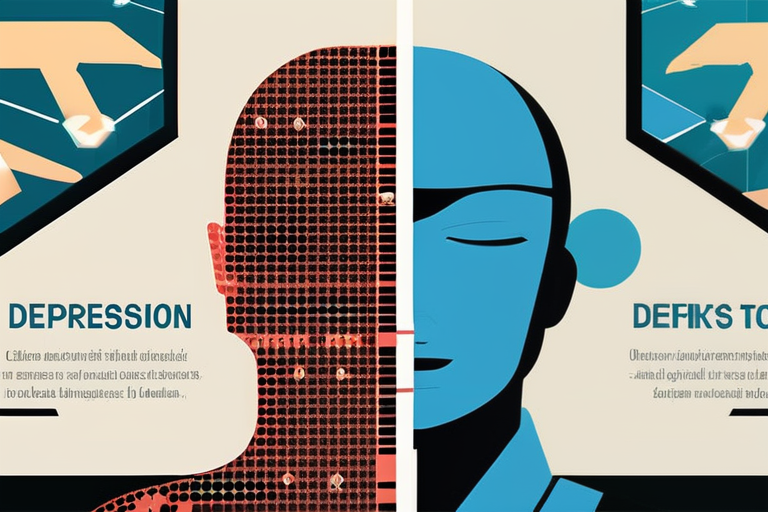


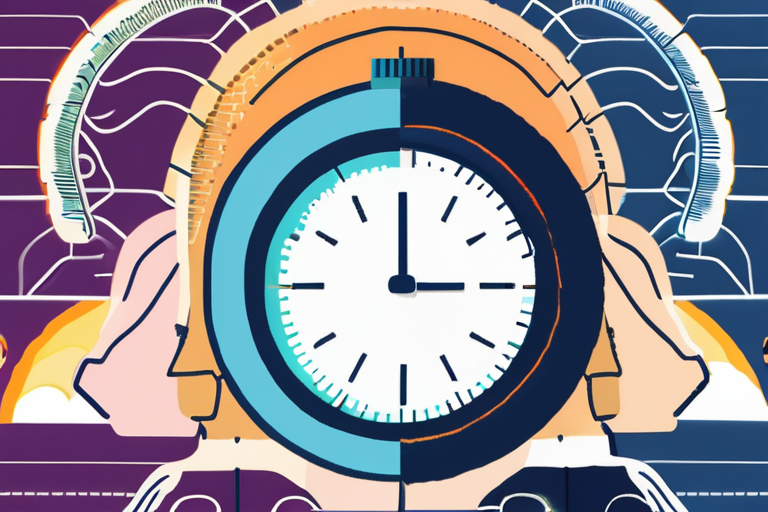
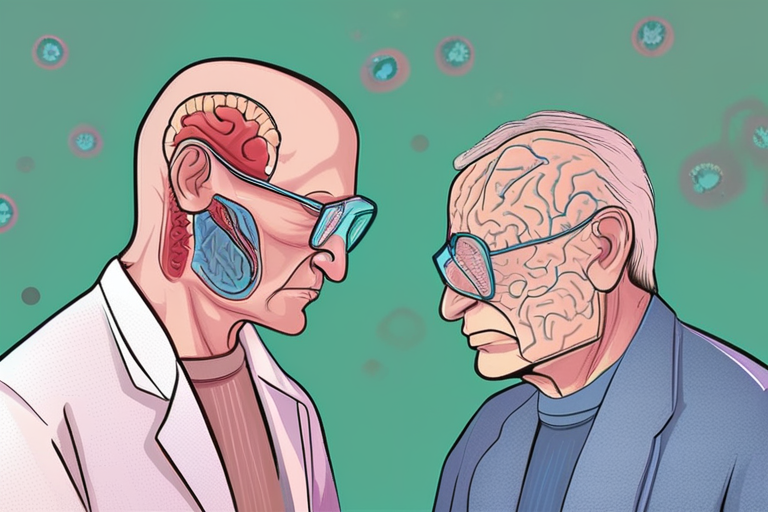
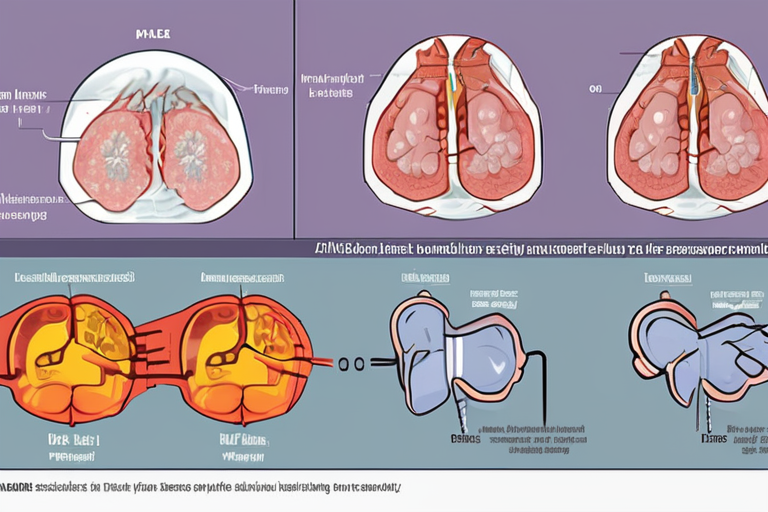
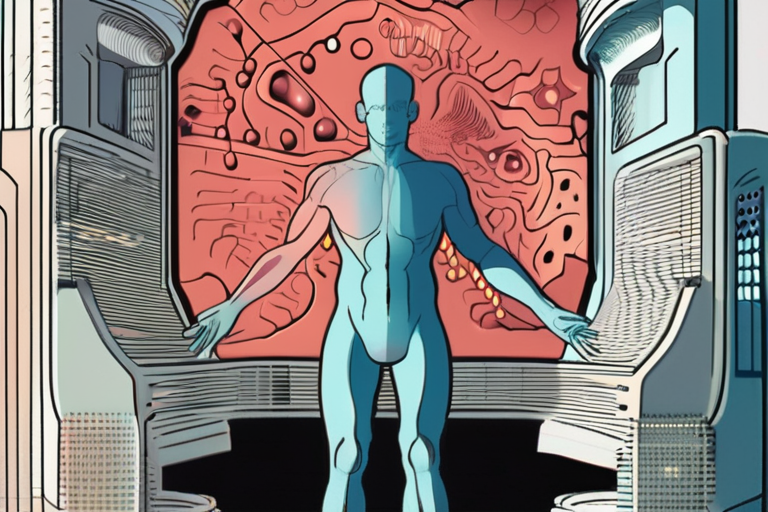


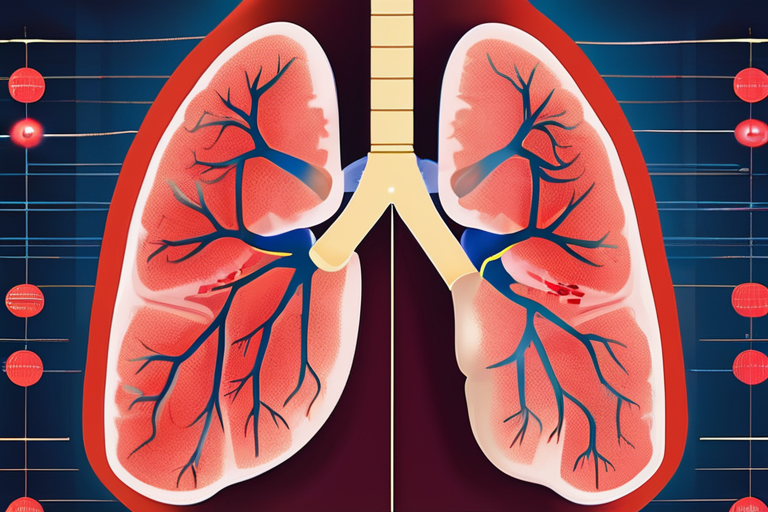
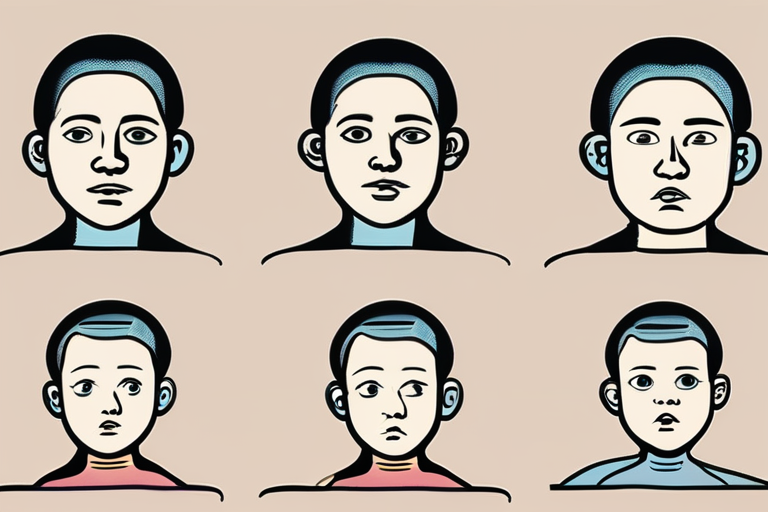
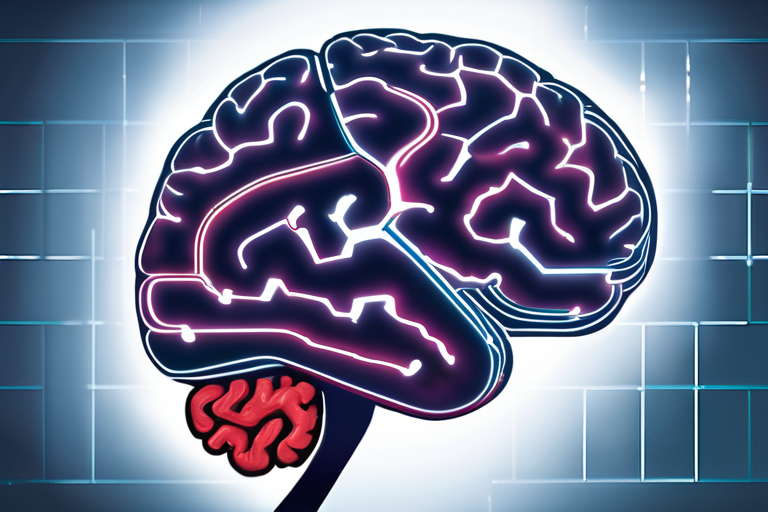

Share & Engage Share
Share this article